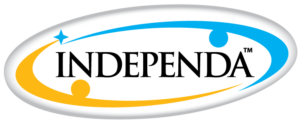Though the eldercare industry has long been struggling with budgetary restrictions and a dwindling pool of qualified staff, these challenges are poised to take on a greater severity as the older adult population balloons. The telecare industry has expanded largely to provide caregiver support in the wake of this transition, and it's clear that Senior Providers will have to think outside the box regarding many aspects of traditional eldercare.
So, what distinct issues do Senior Providers have to consider, and how will they affect senior housing in 2014 and beyond? We'll discuss a few of the most pressing concerns in this series. Today's issue is the matter of delayed retirement and a tide of older care recipients.
In a summary of the 10 leading trends in senior housing, Senior Housing News noted that "80 is the new 65," meaning that the average age of older adults receiving care within senior living communities is getting higher.
A recent Gallup poll revealed that as many as half of Baby Boomers don't expect to retire before the age of 66, if then, and 10 percent indicated that they didn't foresee retiring at all. Senior Housing News commented on similar findings from recent years that show a shift toward delayed retirement.
"As a result [of] extended professional lives based upon needs and [a] desire to stay active, providers are seeing an older resident —mid to low 80s— that is in need of higher levels of care than ever before," the source states. "The growing availability of services in-home and within close proximity to homes also has contributed to the longevity and independence trends."
By this reasoning, Senior Providers who offer residential care must adopt strategies that can provide a greater degree of supervision and responsiveness for care recipients, including telecare solutions like Independa, which enables remote monitoring from a centralized dashboard. Contact us through our online form to learn more, and check back for future installments in this series.
